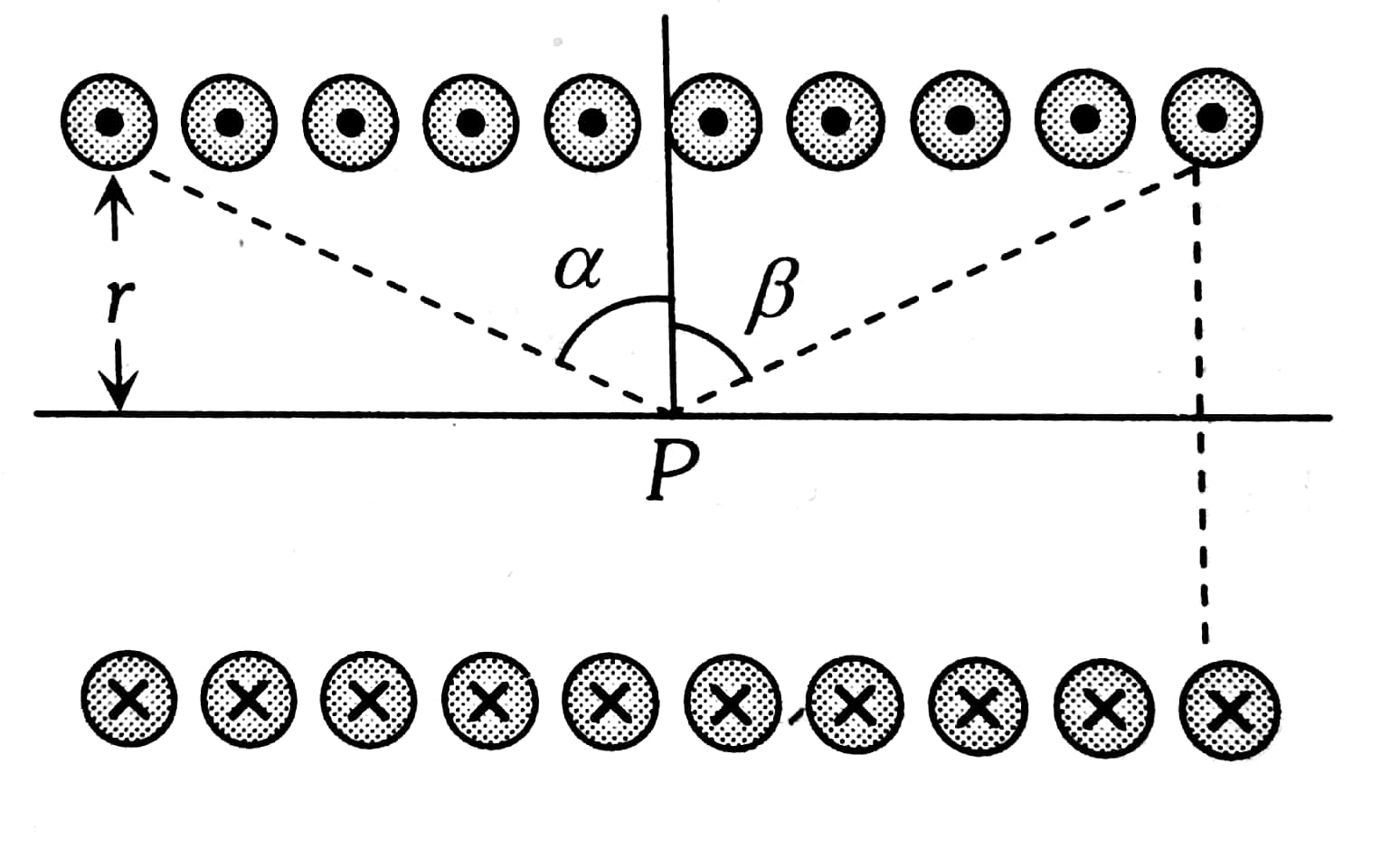Solenoid
Imagine having just a coil of wire, then running current through it. What if you can change this very simple setup into one of the powerful magnets? That is what a solenoid does. A solenoid is really just a coil of wire designed to create a strong magnetic field when an electric current passes through it. They range from being applied in doorbells to automobile starters. By illustrating how they function, it will reveal how a lot of electrical devices and systems work. Now, get ready to plunge into the intriguing world of solenoids and their uses.
JEE Main/NEET 2027: Physics Important Formulas for Class 10
NEET 2025: Mock Test Series | Syllabus | High Scoring Topics | PYQs
JEE Main: Study Materials | High Scoring Topics | Preparation Guide
JEE Main: Syllabus | Sample Papers | Mock Tests | PYQs
- Solenoid
- Solved Example Based On Solenoid
- Summary

In this article, we will cover the concept of Solenoid. This concept is in the chapter Magnetic Effects of Current and Magnetism which is a crucial chapter in Class 12th physics. Board exams asked questions on this topic, as well as in the Joint Entrance Examination (JEE Main), National Eligibility Entrance Test (NEET), and other entrance exams such as SRMJEE, BITSAT, WBJEE, BCECE and more. It is an important topic and comparative exams frequently ask questions about this topic.
Solenoid
A solenoid is defined as a cylindrical coil of many tightly wound turns of insulated wire with a general diameter of the coil smaller than its length. The solenoid has two ends and one end behaves like the north pole while the opposite end behaves like the south pole. As the length of the solenoid increases, the interior field becomes more uniform and the external field becomes weaker which can be seen from the diagram.

As the current flows a magnetic field is produced around and within the solenoid. The magnetic field within the solenoid is uniform and parallel to the axis of the solenoid. Here we will discuss two cases, one with a solenoid having finite length and the other when the solenoid is of infinite length.
(i) Finite-length solenoid :
Let n = number of turns per unit length NL
whrere, N= total number of turns, l= length of the solenoid

The magnetic field inside the solenoid at point P is given by -
B=μ04π(2πni)[sinα+sinβ]
(ii) Infinite length solenoid -
If the solenoid is of infinite length and the point is well inside the solenoid. So in this case the angle α and β will be π2, SO if we put this value in the equation of finite length you will get -
Bin =μ0ni
Here again, n = number of turns per unit length.
Note - The magnetic field outside the solenoid is zero.
Recommended Topic Video
Solved Example Based On Solenoid
Example 1: A long solenoid is formed by winding 20 turns per cm. The current (in amperes ) necessary to produce a magnetic field of a 20 milli Tesla inside the solenoid will be (approx)
1) 8.0
2) 4.0
3) 2.0
4) 1.0
Solution:
As we learned
Magnetic field in finite length solenoid -
The magnetic field inside the solenoid at point
- wherein

Binside =μonIn=Nl,n=201cm=2000
So, B=4π×10−7×2000×I
l=8 A
Hence, the answer is option (1).
Example 2: A long solenoid has 200 turns per cm and carries a current i. The magnetic field at its center is 6.28 x 10-2 weber/m2. Another long solenoid has 100 turns per cm and it carries a current $i$/3. The value of the magnetic field at its center is
1) 1.05×10−4 Wb/m2
2) 1.05×10−2 Wb/m2
3) 1.05×10−5 Wb/m2
4) 1.05×10−3 Wb/m2
Solution:
In the first case, B1=μ0n1I1 In the second case, B2=μ0n2I2
∴B2B1=n2n1×I2I1=100200×i/3i=16∴B2=B16=6.28×10−26=1.05×10−2 Wb/m2
Hence, the answer is option (2).
Example 3: A long solenoid has N turns per meter & current I A is following through it. The magnetic field at the ends of the solenoid is. [Infinite solenoid]
1) μonI2
2) μonI
3) Zero
4) 2μonI
Solution:
Magnetic field due to Infinite length solenoid -
Bin=μ0ni
Magnetic field B at the ends of the Solenoid-
α=0,β=π2Bend =12(Bin )Bend =12(μ0nI)
B at the ends of the solenoid is μo2nI
Hence, the answer is option (1).
Example 4: An electron gun is placed inside a long solenoid of radius R on its axis. The solenoid has n turns/length and carries a current I. The electron gun shoots an electron along the radius of the solenoid with speed ν. If the electron does not hit the surface of the solenoid, maximum possible value of ν is (all symbols have their standard meaning) :
1) 2eμ0nIRm
2) eμ0nIR2m
3) eμ0nIR4m
4) eμ0nIRm
Solution:
Charge =e
Rmax=R2=mvmaxeμ0In
Therefore, vmax=eμ0nIR2m
Rmax=R2=mvmaxeμ0In
Hence, the answer is option (2).
Example 5: Four identical long solenoids A, B, C and D are connected to each other as shown in the figure. If the magnetic field at the centre of A is 3 T, the field at the centre of C would be :
(Assume that the magnetic field is confined within the volume of the respective solenoid).
1) 1 T
2) 9 T
3) 12 T
4) 6 T
Solution:

ϕ∝i⇒B∝i
so, field at centre of C=33=1T
Hence, the answer is option (1)
Summary
A solenoid is a small helical turn of wire that acts as a magnet in the presence of an electric current. The magnetic field created inside a solenoid is very powerful and uniform; hence, it is always used where a controlled magnetic field has to be created. The strength of the magnetic field depends on the number of turns in the coil, the current passing through the wire, and the core material inside the solenoid. Nowadays, it would be hard to get along without solenoids, which form the heart of many electromechanical devices, such as relays, valves, and actuators—converting electrical energy into mechanical motion.
Also Read
28 Nov'24 05:07 PM
17 Nov'24 09:58 AM
26 Sep'24 11:51 AM
26 Sep'24 11:48 AM
26 Sep'24 11:45 AM
25 Sep'24 01:20 PM
25 Sep'24 01:13 PM
25 Sep'24 01:12 PM
25 Sep'24 01:12 PM
25 Sep'24 12:58 PM

